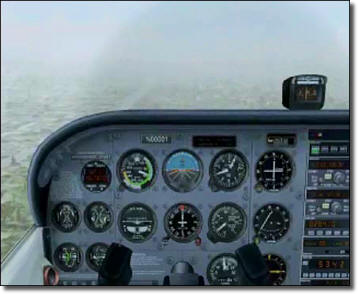Subscriber question:
"There is always the easy way to shoot an IFR approach. Leave it on the auto-pilot until the middle marker. I disagree with this and I fly the ILS by hand, disconnecting the auto-pilot at the outer marker. I have talked with pilots that say it is personal opinion, others say it is safer, I say I want better control, just in case of emergency. Which is best?" - Charles C.
Wally:
“I say they are both good. Naturally we need to fly enough approaches to maintain our proficiency and to be able to save the autopilot when it malfunctions, but then there is a good argument for using the autopilot as well.
 The airline I worked for recommended that the autopilot be used anytime the weather was below 400 feet and ¾ mile visibility. We found that the pilot was a better monitor than a driver. Most operators who are allowed the lowest minimums do it with autopilot /autoland capability. Although that is now changing as some operators have obtained very low limits using a heads up display and enhanced vision.
The airline I worked for recommended that the autopilot be used anytime the weather was below 400 feet and ¾ mile visibility. We found that the pilot was a better monitor than a driver. Most operators who are allowed the lowest minimums do it with autopilot /autoland capability. Although that is now changing as some operators have obtained very low limits using a heads up display and enhanced vision.
Many of our current General Aviation airplanes are equipped with very capable approach approved autopilots. In that case an autopilot can be a great tool for the pilot. But it does take practice to utilize the autopilot properly on the various approaches, so you need use it enough to maintain your proficiency with the equipment and to exercise the equipment.
However if the autopilot is not working properly or is not up to the job at hand then it ceases to become a tool and is a distraction so get rid of it.
So back to the question, what’s best? In my opinion, it depends on the pilot, the equipment, the operation and the weather. Maintain your hand flying proficiency, know your autopilot limitations and maintain your autopilot proficiency. But remember the autopilot is there for the pilot to use as a tool when he needs it, if it is not helping you get rid of it.”
